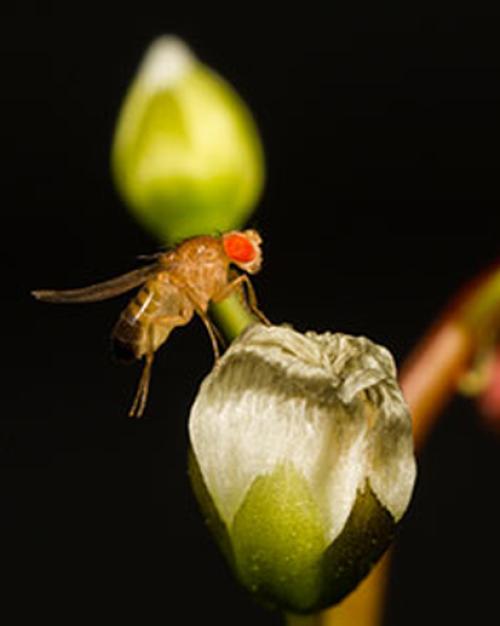Variation is the spice of life, especially on the genetic level. Any two humans, for example, differ on average by 20 million nucleotides out of a total of 3 billion. “There’s tremendous interest in understanding what those differences do,” says Charles F. Aquadro, professor of molecular biology and genetics, whose work is profiled in this Cornell Research story. “Do they matter? They must matter.”
A population geneticist, Aquadro looks at changes in genetic variability in populations over time and space. He and his lab work mainly with drosophila, the fruit fly. The researchers seek to pinpoint changes in genes within and between species of drosophila, to infer the function of those differences, and then to understand the evolutionary forces that drove them to occur. They currently focus on the germline stem cell system, which generates gametes, the haploid germ cells that are the building blocks of sexual reproduction. “These are arguably the most important cells in an organism because unless they are regulated properly, the species doesn’t reproduce,” Aquadro says.
Read the full article on Cornell Research.
Aquadro also recently received a $1.3 million grant from the National Institutes of Health for his work to provide a framework with which to test the functional consequences and evolutionary forces driving gene changes in fruit flies. This work will contribute to understanding the genes and mechanisms that control stem cell fate decisions in drosophila as well as other organisms, including humans.




